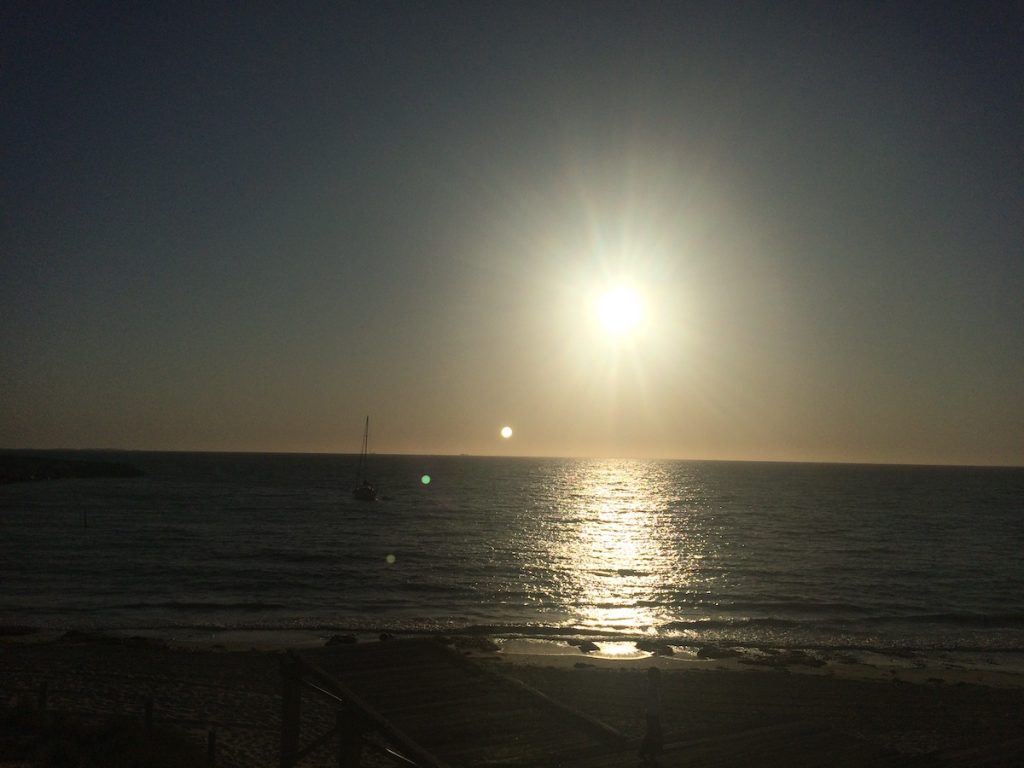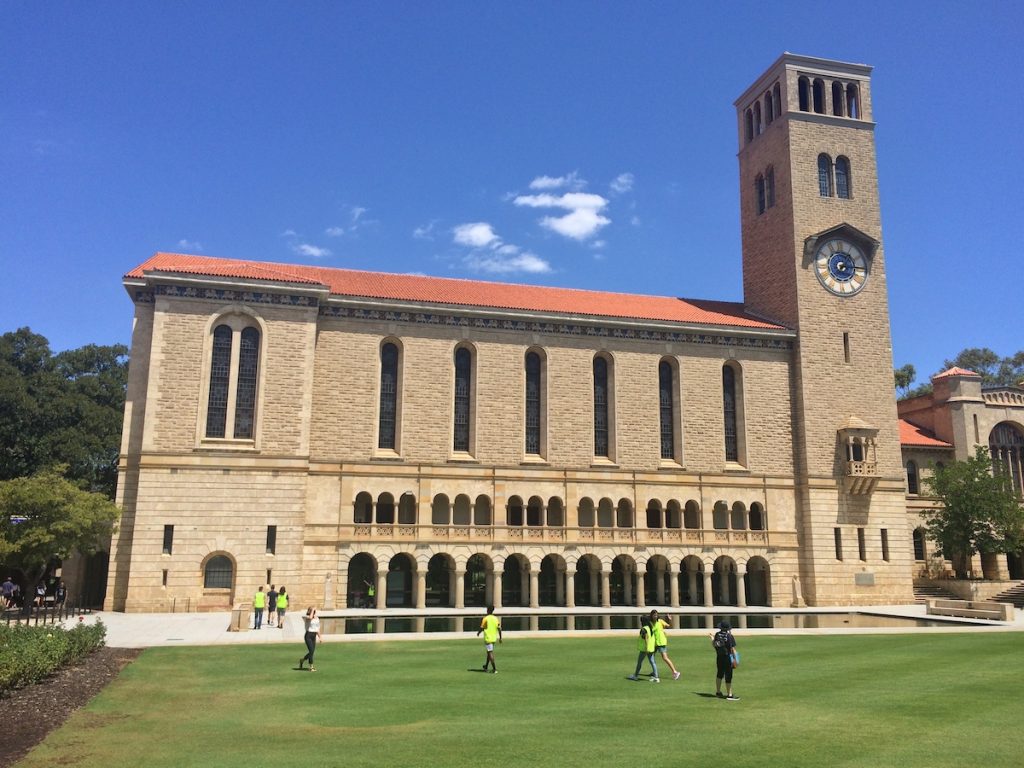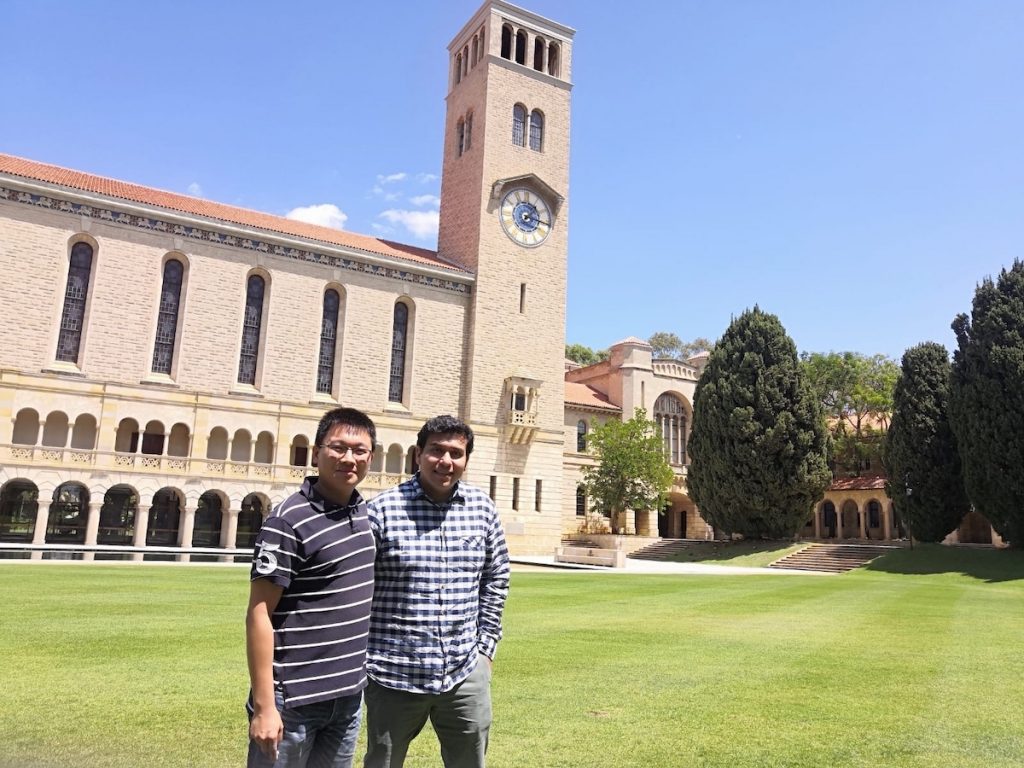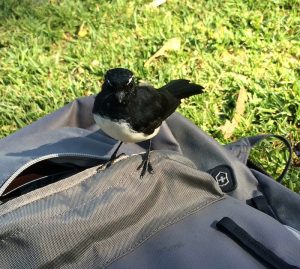Picture (above): A view from the banks of Swan River nearby the University of Western Australia.
By Luis Clemente Lopez Bravo
I am a first-year PhD student at the University of Melbourne and part of the CLEX extreme rainfall research program where I am supervised by Dr Claire Vincent, Prof Todd Lane and Dr Yi Huang. This year, I attended my first AMOS conference and then extended my time in Western Australia to catch up with research collaborators.
My research project aims to describe the physical processes associated with convective mesoscale systems in Sumatra. Our research is being developed with the use of products derived from Himawari-8/Advance Himawari Imager, which we are generating based on the raw satellite retrievals. Our project will provide a high-quality, multi-year high-resolution Himawari-8 dataset of retrieved clouds macrophysical and microphysical properties for the science community.


During the AMOS conference, we presented a poster showing the preliminary results for a case study of a mesoscale convective system over Sumatra. The AMOS poster sesión was incredibly useful in my research, giving me the opportunity to gain excellent feedback from researchers and students from different CLEX nodes. Discussions varied across a wide diversity of topics, including tropical meteorology; mesoscale processes; clouds and precipitation; and remote sensing products.



The AMOS conference was also a meeting point with another member of my research Project, Prof. David Huang from the Western University Australia (UWA). In the week following the conference, I visited him and his research group. During that week we discussed the benefits and limitations of the 3D tomography reconstruction technique based on the Simultaneous Algebraic Reconstruction Technique. We also explored the different sources of information they could use in their analysis, and the potential applicability of the technique. We have been using high-resolution WRF simulations of a squall line event close to Sumatra, to help inform the development of their technique. This first AMOS conference and the meeting with my collaborators that followed have been invaluable. I highly recommend AMOS conferences and the opportunity to collaborate with peers face-to-face, as both experiences have contributed to my investigation with new ideas and recommendations.
